Building the skills of individual students is fine. What more can happen if we focus on building the capabilities of a school?
The simple thing to do in school is provide instruction. Enroll, instruct, repeat. The best we can hope for in that model is that instruction gets better.
What if we had bigger aims?
What if we consciously worked to build the capabilities of students to work together to achieve a goal beyond learning the curriculum? What more can students learn about real world challenges, the broad range of folks working to address them, how to work effectively as a team, and how they can make an impact if we give them that opportunity?
The jumping off point for December’s discussion is an exploration of how underwater ROVs developed by middle and high school students might support the work of university researchers. We’ll explore capabilities around exploration, sampling, and data analysis, where we are now, and where we might go. We’ll also identify the first set of challenges K-12 teachers and students might take on in a collaborative effort to build a unique set of capabilities in Milwaukee.
Agenda
| 5:30 to 6:00 pm | Grab something to eat, meet some interesting, passionate people |
| 6:00 to 6:15 pm | Welcome and introductions |
| 6:15 to 8:00 pm | Let’s talk through how to do this |
| 8:00 to 8:30 pm | Wrap up and next steps |
Food and non-alcoholic beverages will be provided. There is no charge for participation but space is limited!
Featured Participants
Among others, you’ll have a chance to talk with:
Peter Graven — Science & Robotics, St Francis School District
 Peter teaches 7th and 8th-grade science and high school robotics in the St. Francis School District. Over the past 27 years, he has taught a variety of science and mathematics courses, including Earth and Life Sciences. Graven serves as the lead teacher and mentor for SFROBOTICS, a program that engages students in diverse robotics competitions such as FIRST Tech Challenge, FIRST LEGO League, MATE ROV, and SEAPERCH, as well as in STE(A)M projects with local and global impact, supported by strategic partnerships.
Peter teaches 7th and 8th-grade science and high school robotics in the St. Francis School District. Over the past 27 years, he has taught a variety of science and mathematics courses, including Earth and Life Sciences. Graven serves as the lead teacher and mentor for SFROBOTICS, a program that engages students in diverse robotics competitions such as FIRST Tech Challenge, FIRST LEGO League, MATE ROV, and SEAPERCH, as well as in STE(A)M projects with local and global impact, supported by strategic partnerships.
Dedicated to innovation, Graven is constantly researching new ways to inspire proactive learning. He is known for designing opportunities that encourage creative problem-solving, independent invention, and collaborative teamwork. His classroom is a hub of exploration, blending technology and active engagement to foster deep learning and skill development.
Over the past eight years Peter and his students have developed capabilities to design, build and operate underwater ROVs of increasing sophistication. They are now exploring how the ROVs they’ve built can be deployed to support hands-on learning focused on environmental science and archeology.
Marissa Jablonski – Executive Director, Freshwater Collaborative of Wisconsin
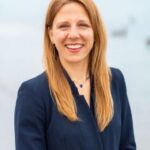 Marissa is an accomplished water engineer, environmental advisor, and plastics-reduction expert who has worked in more than 45 countries. Her work with The Freshwater Collaborative leverages expertise across 13 University of Wisconsin institutions to lead the global community in addressing freshwater challenges, and advance its mission to:
Marissa is an accomplished water engineer, environmental advisor, and plastics-reduction expert who has worked in more than 45 countries. Her work with The Freshwater Collaborative leverages expertise across 13 University of Wisconsin institutions to lead the global community in addressing freshwater challenges, and advance its mission to:
- Create knowledge to solve freshwater challenges through collaborative research across academia in fields such as natural and applied sciences, engineering, economics, social sciences, arts, humanities and policy;
- Recruit and develop talented professionals across all freshwater disciplines through intentional structuring of curriculum, training and workplace experiences; and
- Improve the well-being of natural ecosystems and all people by applying research and training to engage and serve communities and solve freshwater challenges.
Ashley Lemke — Associate Professor – Anthropology, UW Milwaukee
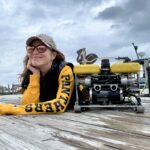 Dr. Lemke is an Anthropological Archaeologist. In addition to her role at UWM, she is the former Chair of the Advisory Council on Underwater Archaeology , and Explorers Club Fellow. Lemke is a leading researcher on the archaeology of hunter-gatherers. She has worked extensively on both terrestrial and underwater archaeological projects from the Lower Paleolithic in Europe to 19th-century Nunamiut archaeological sites in the Arctic. She is an expert on submerged ancient sites in the Americas and has researched such sites in the Gulf of Mexico, Great Lakes, and Atlantic Ocean. She has directed excavation projects in Texas and Michigan, as well as underwater projects in the Great Lakes and Atlantic Ocean, including numerous field schools. She has experience excavating at numerous archaeological sites in Europe including Germany, Spain, Romania, and Serbia.
Dr. Lemke is an Anthropological Archaeologist. In addition to her role at UWM, she is the former Chair of the Advisory Council on Underwater Archaeology , and Explorers Club Fellow. Lemke is a leading researcher on the archaeology of hunter-gatherers. She has worked extensively on both terrestrial and underwater archaeological projects from the Lower Paleolithic in Europe to 19th-century Nunamiut archaeological sites in the Arctic. She is an expert on submerged ancient sites in the Americas and has researched such sites in the Gulf of Mexico, Great Lakes, and Atlantic Ocean. She has directed excavation projects in Texas and Michigan, as well as underwater projects in the Great Lakes and Atlantic Ocean, including numerous field schools. She has experience excavating at numerous archaeological sites in Europe including Germany, Spain, Romania, and Serbia.

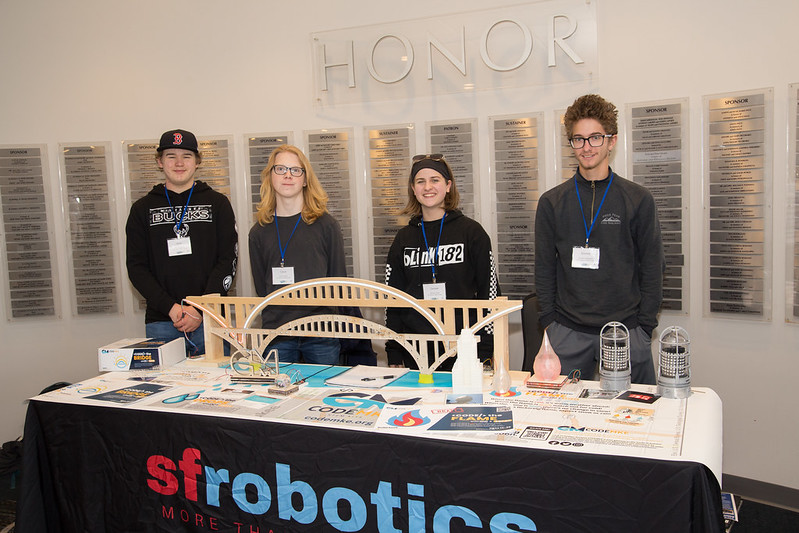
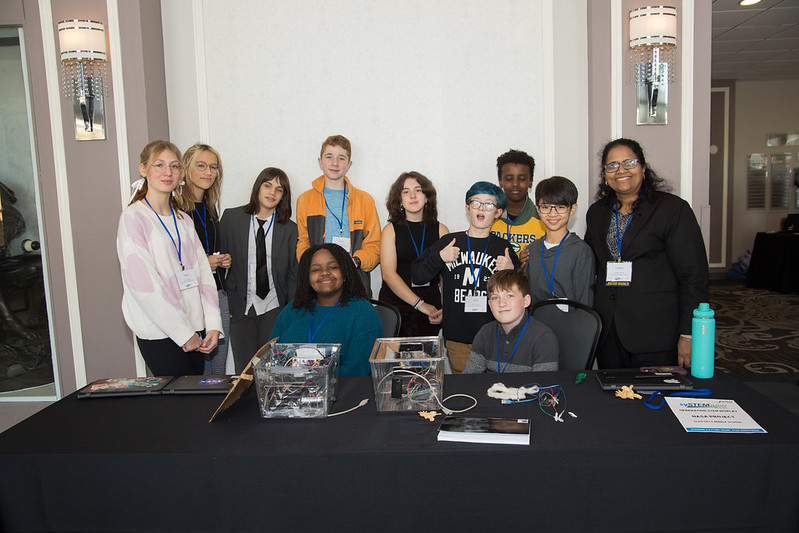
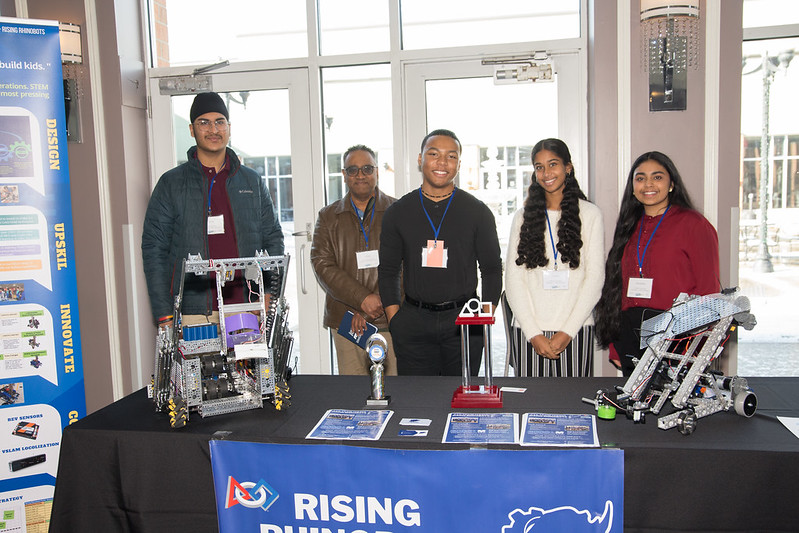
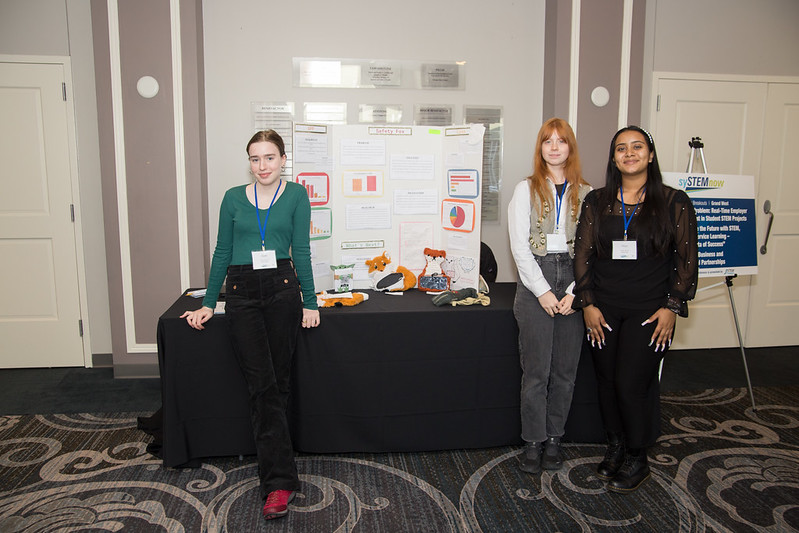

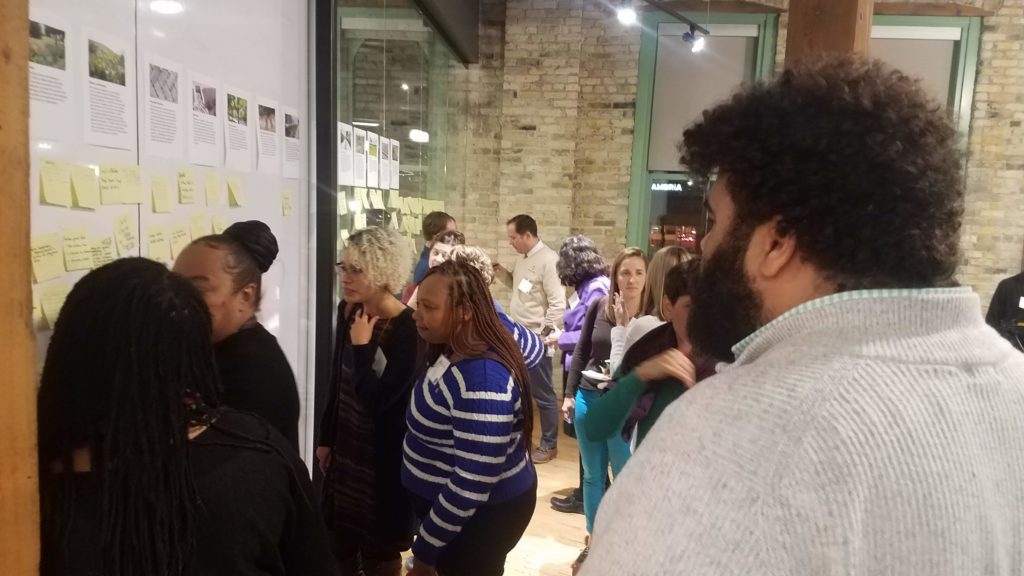
 A leader of agile software development projects at JCI, Amber is a passionate advocate for building high performance teams that look like and have roots in the communities they work in. The practices she uses to manage uncertainty, build trust and, and foster courageous conversations are central to her work. As the spouse of a high school teacher and with two children in MPS, she recognizes the value those practices can offer to both educators and students looking to take on real-world challenges.
A leader of agile software development projects at JCI, Amber is a passionate advocate for building high performance teams that look like and have roots in the communities they work in. The practices she uses to manage uncertainty, build trust and, and foster courageous conversations are central to her work. As the spouse of a high school teacher and with two children in MPS, she recognizes the value those practices can offer to both educators and students looking to take on real-world challenges. Kelsey is Marquette’s representative for engagement in the community, tasked to explore and promote community-engaged opportunities for Marquette students, faculty and staff. Previously she served as the Director of Innovation at the 707 Hub at Marquette University. There she ran business bootcamps for students and community entrepreneurs and helped to build a social innovation ecosystem in Wisconsin. She is naturally curious and enjoys connecting the dots between people, ideas and resources! She was recognized as one of Milwaukee Business Journal 40 Under 40 winners in 2019.
Kelsey is Marquette’s representative for engagement in the community, tasked to explore and promote community-engaged opportunities for Marquette students, faculty and staff. Previously she served as the Director of Innovation at the 707 Hub at Marquette University. There she ran business bootcamps for students and community entrepreneurs and helped to build a social innovation ecosystem in Wisconsin. She is naturally curious and enjoys connecting the dots between people, ideas and resources! She was recognized as one of Milwaukee Business Journal 40 Under 40 winners in 2019. Mike is an interactive designer and former VP and Creative Director of the Betty Brinn Children’s Museum. He currently splits his time between producing museum exhibits and running a small carpentry business out of his shop in Bayview.
Mike is an interactive designer and former VP and Creative Director of the Betty Brinn Children’s Museum. He currently splits his time between producing museum exhibits and running a small carpentry business out of his shop in Bayview. Anamarie is a Multidisciplinary Contemporary artist and artist educator currently based in Milwaukee originally from the deep south . She often intersects social justice, her identity, and interactive education to influence her paintings, installations, sculptures, and performances. With the experiences she has with community and through life itself, she builds her practice to relay that information visually to those interested in learning a variety of topics.
Anamarie is a Multidisciplinary Contemporary artist and artist educator currently based in Milwaukee originally from the deep south . She often intersects social justice, her identity, and interactive education to influence her paintings, installations, sculptures, and performances. With the experiences she has with community and through life itself, she builds her practice to relay that information visually to those interested in learning a variety of topics.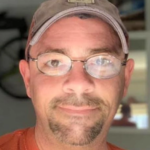 For the past eight years, Jeff has been working in interactive development alongside his business partner Hector Borges, first as the co-founders of Outer Rim, where they produced and released their first game in their first year of school. They operated under the name Outer Rim for four years before rebranding as Foresight Studios. In his role at Foresight Studios, Jeff is focused on creating innovative experiences that leverage new and emerging technologies, including VR, AR, and XR. The company has worked with the Holocaust Museum in Washington D.C. to create a VR demo and developed “
For the past eight years, Jeff has been working in interactive development alongside his business partner Hector Borges, first as the co-founders of Outer Rim, where they produced and released their first game in their first year of school. They operated under the name Outer Rim for four years before rebranding as Foresight Studios. In his role at Foresight Studios, Jeff is focused on creating innovative experiences that leverage new and emerging technologies, including VR, AR, and XR. The company has worked with the Holocaust Museum in Washington D.C. to create a VR demo and developed “ Dionna is a creative professional with extensive experience planning and executing commercial projects centered on graphic design, including brand identity and logo design initiatives. Developed at an early age, some of her artistic and creative abilities include illustration, painting, photography, and graphic arts. Her extensive background in visual and graphic arts has enabled her to serve in the creative arts industry for over 20 years. Her experience also includes the founding of a children’s book imprint, serving as author, publisher, illustrator, and designer. In addition, Dionna serves at ArtWorks for Milwaukee as Lead Artist to high school interns in the graphic design + mental health advocacy program. (website:
Dionna is a creative professional with extensive experience planning and executing commercial projects centered on graphic design, including brand identity and logo design initiatives. Developed at an early age, some of her artistic and creative abilities include illustration, painting, photography, and graphic arts. Her extensive background in visual and graphic arts has enabled her to serve in the creative arts industry for over 20 years. Her experience also includes the founding of a children’s book imprint, serving as author, publisher, illustrator, and designer. In addition, Dionna serves at ArtWorks for Milwaukee as Lead Artist to high school interns in the graphic design + mental health advocacy program. (website:  Cindy is passionate about instilling a love of nature, demonstrating the value of community, and embracing the curiosity and wonder in students. A strong advocate for project based learning, Cindy loves teaching children to communicate with their peers, collaborate on designs and solutions, and look to nature for inspiration. This year, The Riveredge School educators are partnering with the talented art educators at Lynden Sculpture Garden to create an integrated, interdisciplinary curriculum that is nature based and aligns with our science and social studies curriculum for every grade level. The arts integrated framework will enable students to explore the intersection of arts, culture and nature across the curriculum.
Cindy is passionate about instilling a love of nature, demonstrating the value of community, and embracing the curiosity and wonder in students. A strong advocate for project based learning, Cindy loves teaching children to communicate with their peers, collaborate on designs and solutions, and look to nature for inspiration. This year, The Riveredge School educators are partnering with the talented art educators at Lynden Sculpture Garden to create an integrated, interdisciplinary curriculum that is nature based and aligns with our science and social studies curriculum for every grade level. The arts integrated framework will enable students to explore the intersection of arts, culture and nature across the curriculum.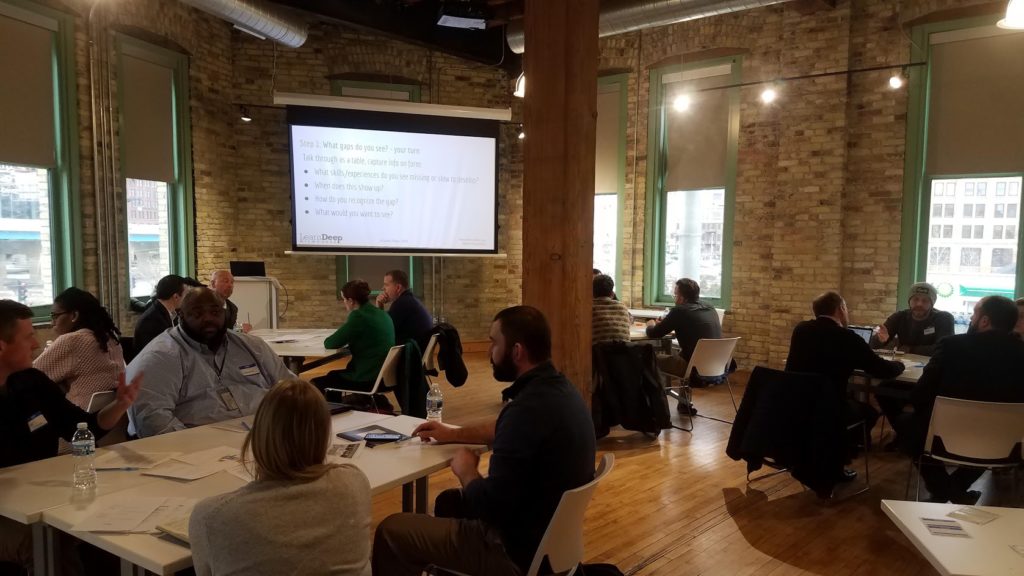
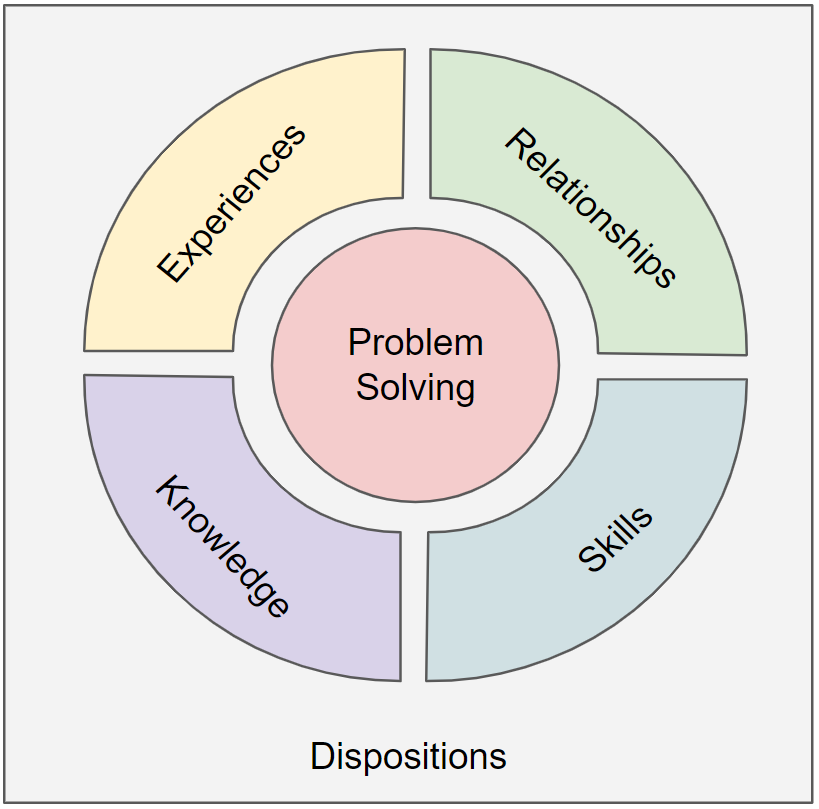
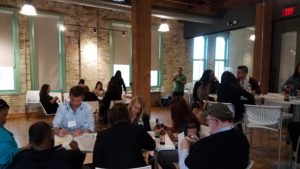 In our May session we explored several issues around creating effective STEM internships for high school students. We began the evening with a review of
In our May session we explored several issues around creating effective STEM internships for high school students. We began the evening with a review of 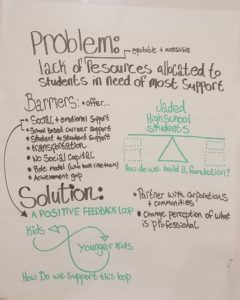 Problem:
Problem: